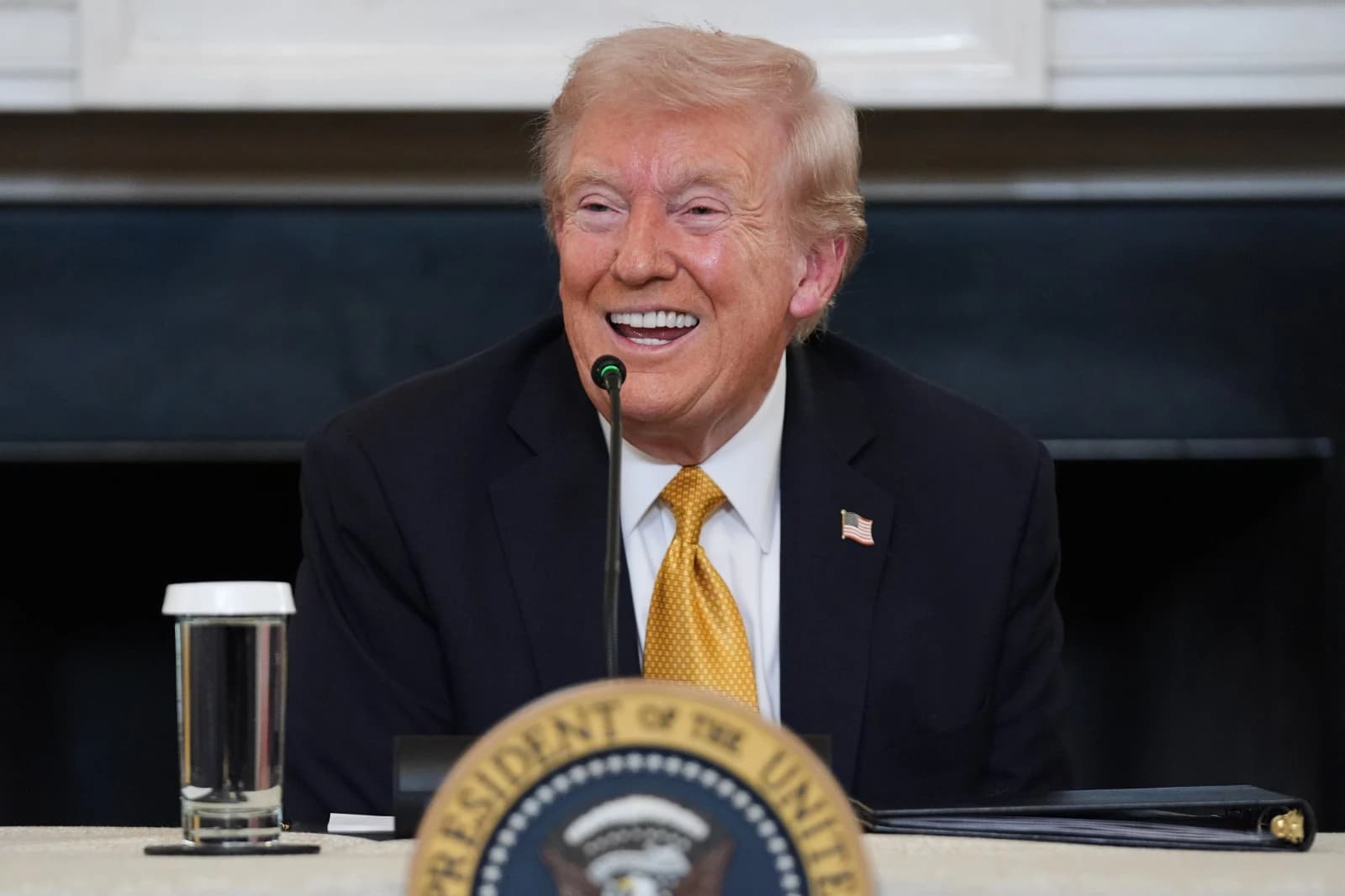

US President Donald Trump is about to embark on a trip to Asia, visiting Malaysia, Japan, and South Korea. Trump's trip holds significant economic significance for countries in the region, given that his tariff agreement with Washington remains unresolved and the US-China trade dispute continues to escalate.
Donald Trump will attend the Association of Southeast Asian Nations (ASEAN) summit in Malaysia from the 26th to the 27th of this month, followed by a visit to Japan. He will then travel to South Korea on the 29th for the Asia-Pacific Economic Cooperation (APEC) summit, where he may meet with Chinese President Xi Jinping. The following are key issues discussed by various countries, as compiled by AFP.
Before the possible talks between Trump and Xi Jinping in South Korea, Chinese Vice Premier He Lifeng will travel to Malaysia to hold trade talks with U.S. Treasury Secretary Scott Bessent.
After US-China trade tensions escalated in recent days, Trump said on the 22nd that he hopes to reach an agreement with Xi Jinping on"everything."
Beijing previously announced that it would tighten controls on rare earth element exports. In response, Trump threatened to impose high tariffs on China.
Japan: Sanae Takaichi faces challenges
Japan's new Prime Minister Sanae Takaichi will host Trump in Tokyo.
The United States agreed to lower tariffs on Japan in July, but demanded $550 billion in investment from Japan in exchange. However, Tokyo has pledged only 1% to 2% of that amount in direct investment, with the remainder in the form of loans and guarantees. Trump and Sanae Takaichi are likely to discuss this disagreement during their meeting.
Another key issue is the possibility that Washington may ask Tokyo to stop importing liquefied natural gas from Russia, Japan's third-largest supplier.
South Korea: Towards an agreement
As Seoul works to reach a trade agreement with Washington, Bessant said last week that the two sides are close to completing an agreement.
Kim Yong-beom, South Korean presidential policy adviser, pointed out that the two countries have made significant progress, but the details of the agreement are still under discussion.
Trump announced in July that he would reduce tariffs on South Korean goods to 15% in exchange for Seoul's pledge to invest $350 billion in the United States. However, the investment terms are still being debated, and auto tariffs remain in place.
Malaysia: Agreement progressing smoothly
Malaysia is expected to finalize a trade agreement with Washington during Trump's visit to Kuala Lumpur. According to Malaysian Prime Minister Anwar Ibrahim, negotiations are 99.9 percent complete.
Anwar said the two governments would also sign a"preliminary agreement" to strengthen trade and investment,"including semiconductors, artificial intelligence (AI), digital and energy."
Indonesia: Waiting for negotiations to reopen
Jakarta and Washington reached a preliminary tariff agreement in July, and Indonesian Coordinating Minister for Economic Affairs Airlangga Hartarto previously said that the details of the reciprocal tariff agreement would be finalized by December at the latest.
However, Airlangga mentioned on the 20th that due to the current shutdown of the U.S. federal government, relevant negotiations are currently"suspended."
Vietnam: Furniture exports face pressure
Vietnam reached an agreement with the United States in July to reduce tariffs to 20%, but still faces the impact of tariffs on specific industries.
In mid-October, Washington imposed a 25% tariff on imported furniture, which accounts for 10% of Vietnam's exports to the United States. The Hanoi authorities said they hope to promote the negotiation process of the trade agreement based on fairness, equality and reciprocity.
India: Looking forward to reconciliation
Indian Prime Minister Narendra Modi is expected to attend the ASEAN summit via video link. New Delhi has yet to reach a formal trade agreement with the Trump administration.
U.S.-India relations soured when Washington raised tariffs on Indian goods to 50% in August, but both Trump and Modi later softened their rhetoric, and a reconciliation seemed possible between the two countries.

